Explanation
The Korea National Arboretum (KNA) is situated in Gwangneung Experimental Forest and contains the Forest Museum where all the information on forestry is exhibited. The construction of the arboretum and museum took place on October 25, 1985 and opened on April 5, 1987. In order to preserve the forests, weekends and holiday entrance were restricted, reservations were required 5 days in advance, and no more than 5,000 visitors were accepted per day. As diverse plants are gaining recognition worldwide, the research department formed the Office of Forestry on May 24, 1999.
Korea National Arboretum covers an area of 1,157㏊ and contains 15 specialized forests, including Conifer Garden, the Garden of Ornamental Trees, and the Aroma and Touch Garden. The Forest Museum is the largest in Asia, covering 4628 sq.m² with a traditional Korean design, and the interior and exterior are both constructed of wood and stone. The arboretum facilities consist of 5 exhibition halls (Living Forest, Forest and Man, Forestry of the World, Forestry of Korea, Nature of Korea), a Herbarium, a Special Exhibition Room, and an Audio Visual Hall.
Inquiry
+82-31-540-2000
Homepage
Information Use
Capacities : 3,000~5,000 (varies by day)
Experience Guide : - Programs without reservations (participation is available in the day): Forest explanation, forest prenatal education program, forest bird experience, etc.
- Programs requiring prior-reservation: Student (kindergarten-university) free semester programs, plant class, summer vacation forest school, miniature programs for teenagers and adults, etc.
- Programs for professionals: Forest explanation training program, expert class of national arboretum and forest, etc.
Contact and Information : • 1330 Travel Hotline: +82-2-1330
(Korean, English, Japanese, Chinese)
• For more info: +82-31-540-2000
Opening day : May 24, 1999
Parking facilities : Available (at maximum 250 cars based on small-sized cars)
Day off : Sunday-Monday, New Year’s Day, Seollal (Lunar New Year’s Day) and Chuseok (Korean Thanksgiving Day) holidays
Hours : April-October 09:00-18:00
November-March 09:00-17:00
* Last admission is one hour before closing.
* Visitors must make advance reservation to enter.
* Daily visiting limit is fixed.
More information
Parking Fees
Large-sized cars 5,000 won / Small-sized cars 3,000 won / Light-weighted car & Low-pollution car 1,500 won / Two-wheeled vehicles 1,000 won
* Free parking for cars carrying people with disabilities
Restrooms
Available
Available Facilities
Specialized Exhibition (gardens), arboretum sightseeing places (forest path, lake, etc.), resting area & other facilities
Admission Fees
Adults 1,000 won / Teenagers 700 won / Children 500 won
Adults (ages 20 & older), Teenagers (ages 13-19), Children (ages 7-12)
* Free admission: Preschoolers (ages 6 & younger), senior citizens (ages 65 & older)
Location
415, Gwangneungsumogwon-ro, Pocheon-si, Gyeonggi-do
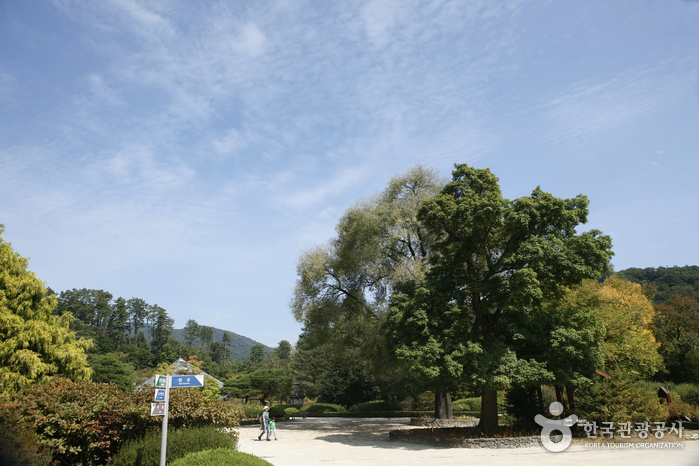
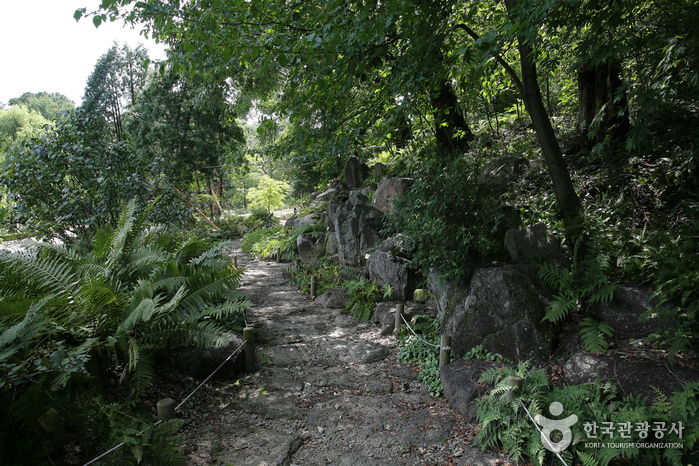
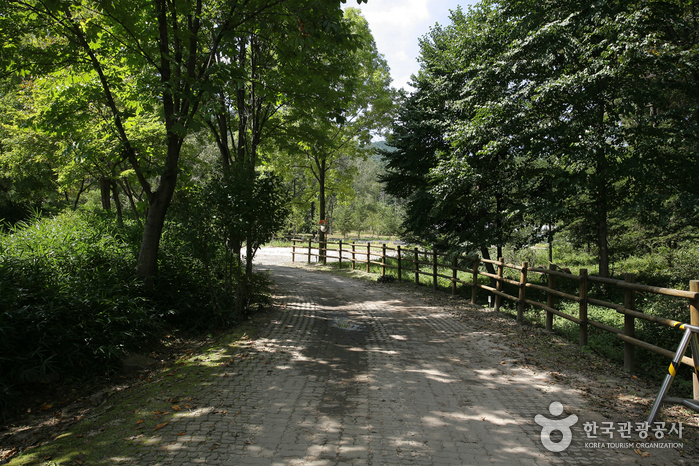
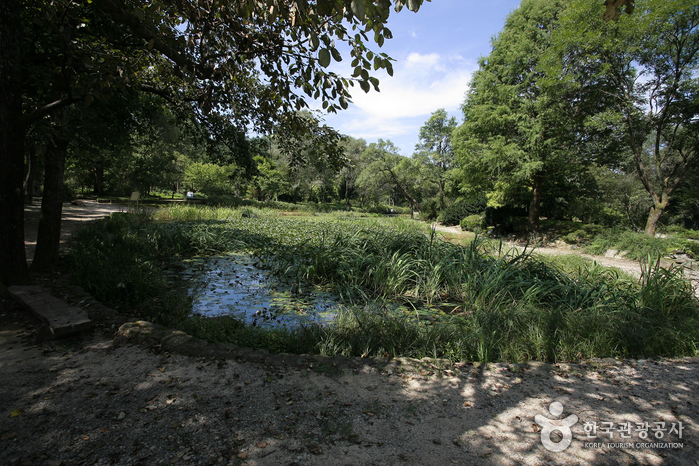
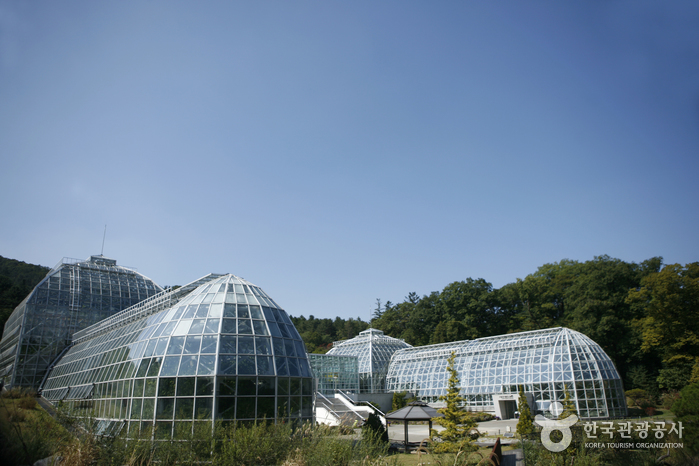
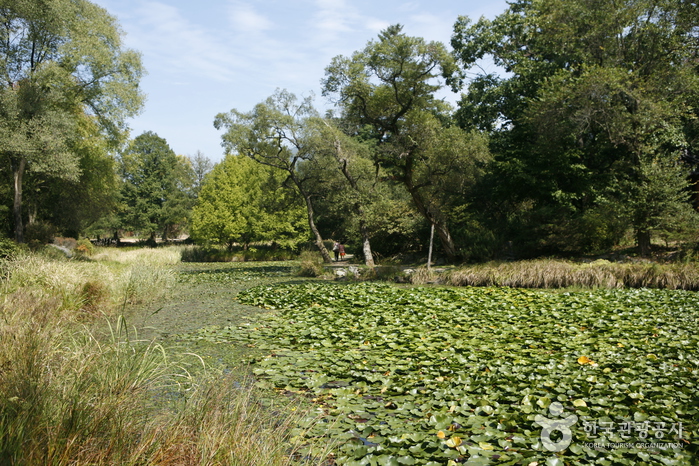
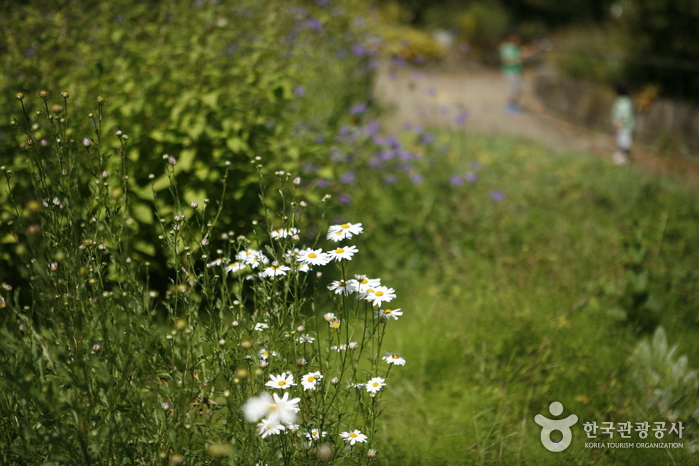
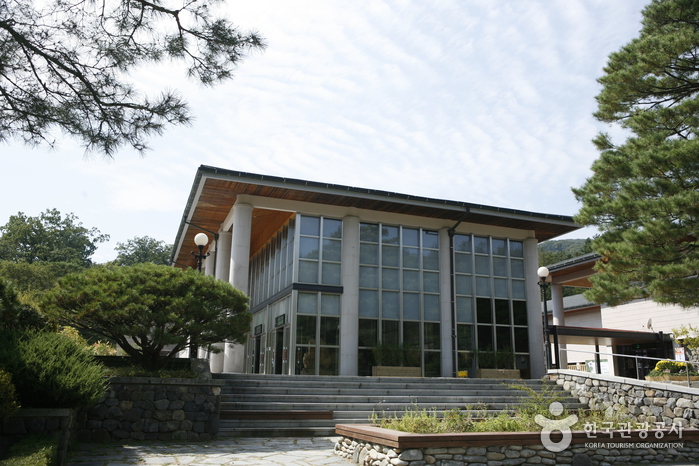
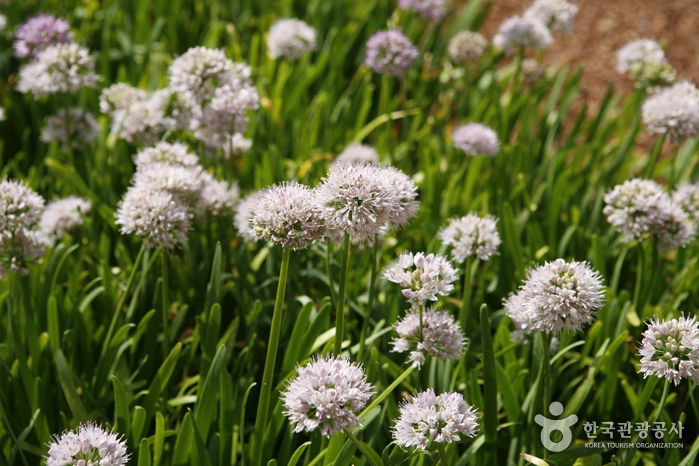
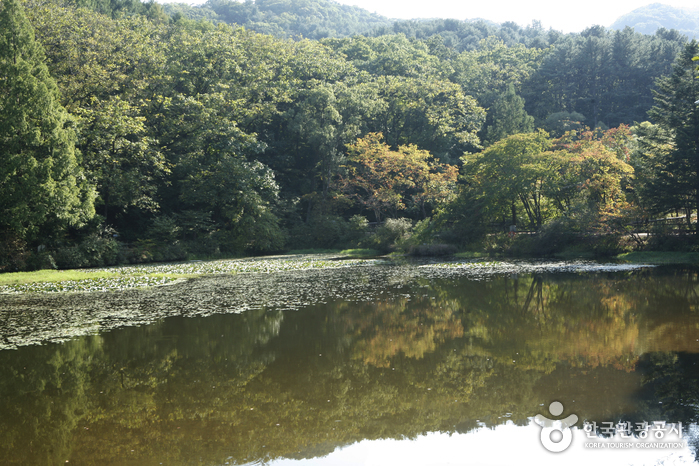
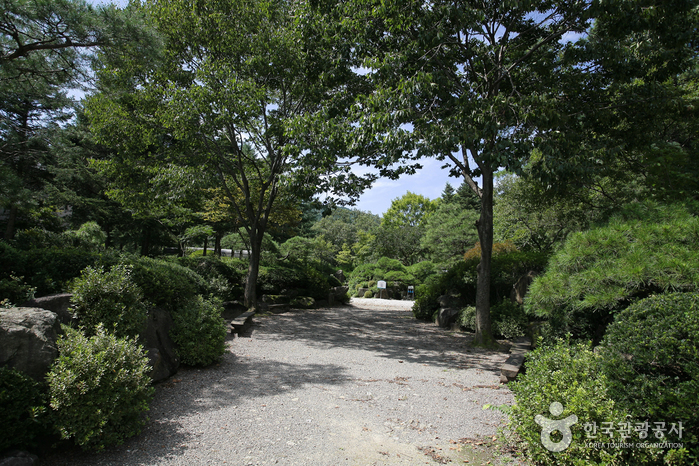

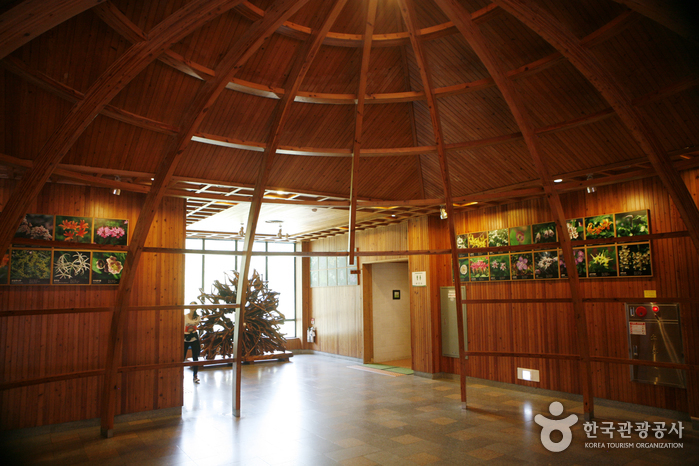
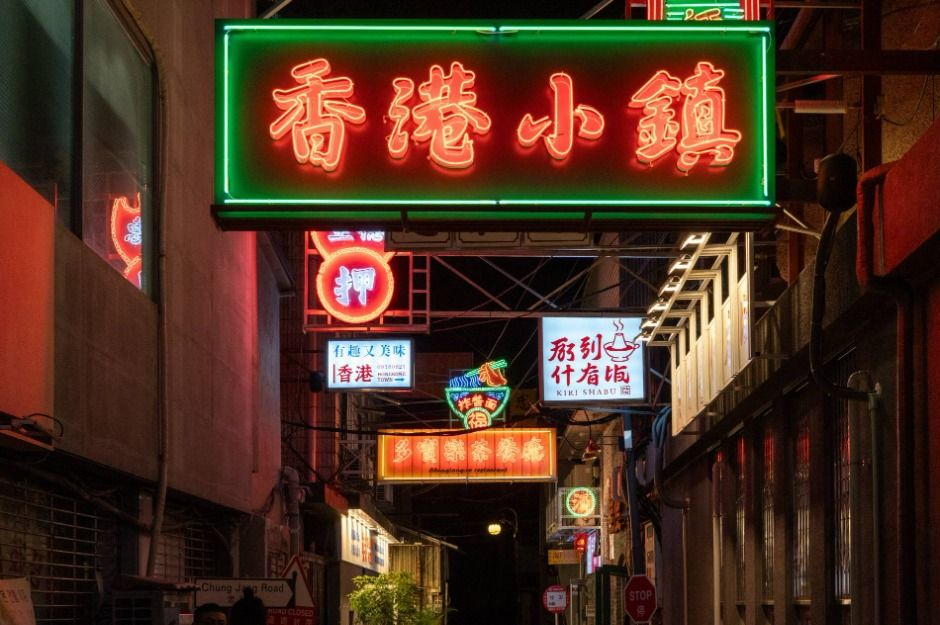
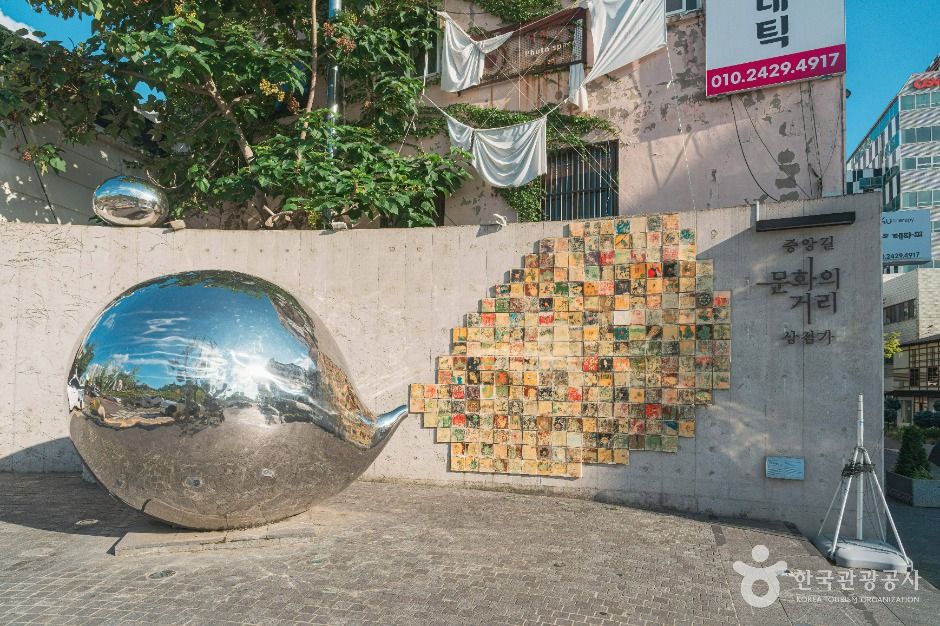

 English
English
 한국어
한국어 日本語
日本語 中文(简体)
中文(简体) Deutsch
Deutsch Français
Français Español
Español Русский
Русский